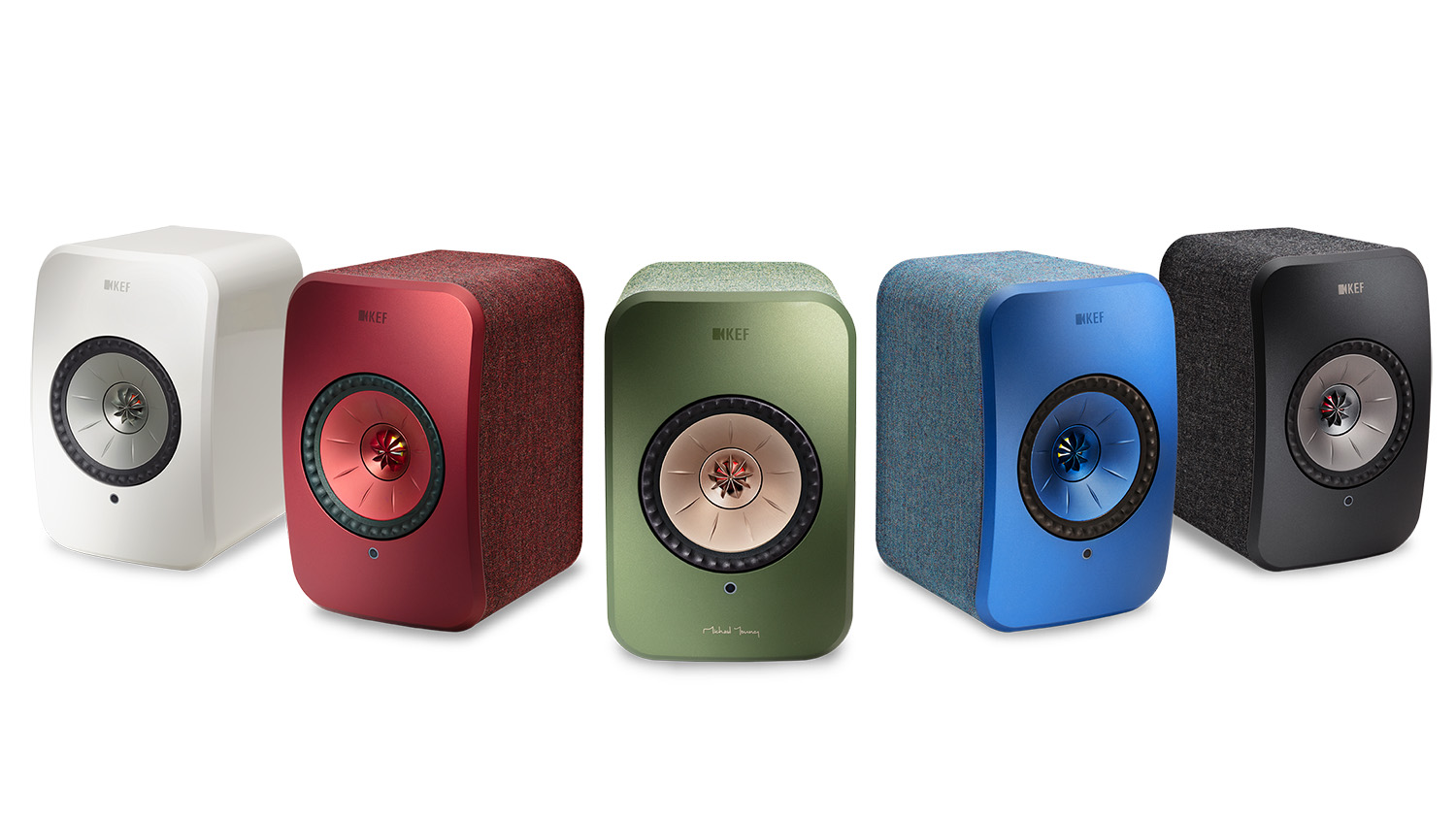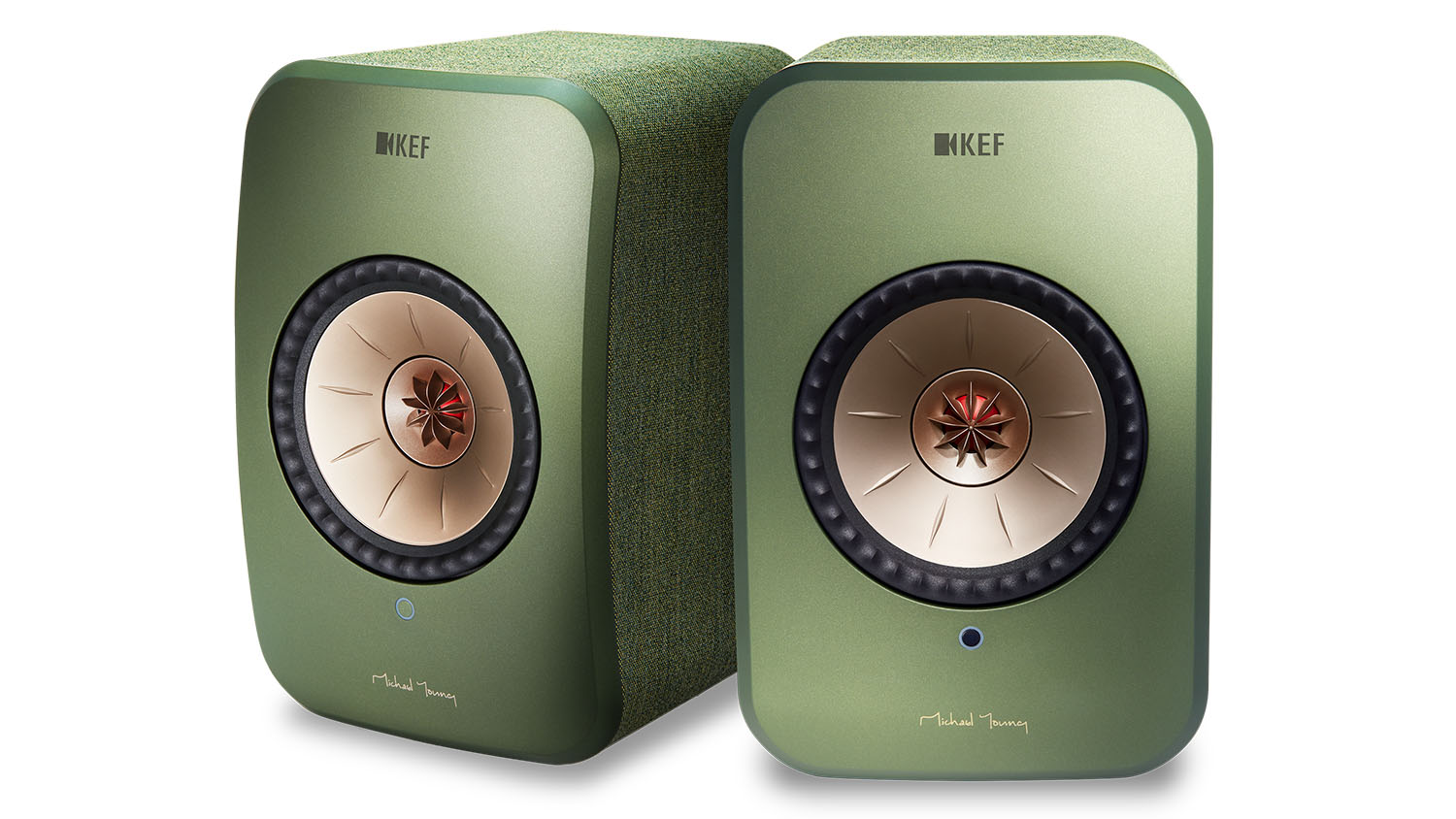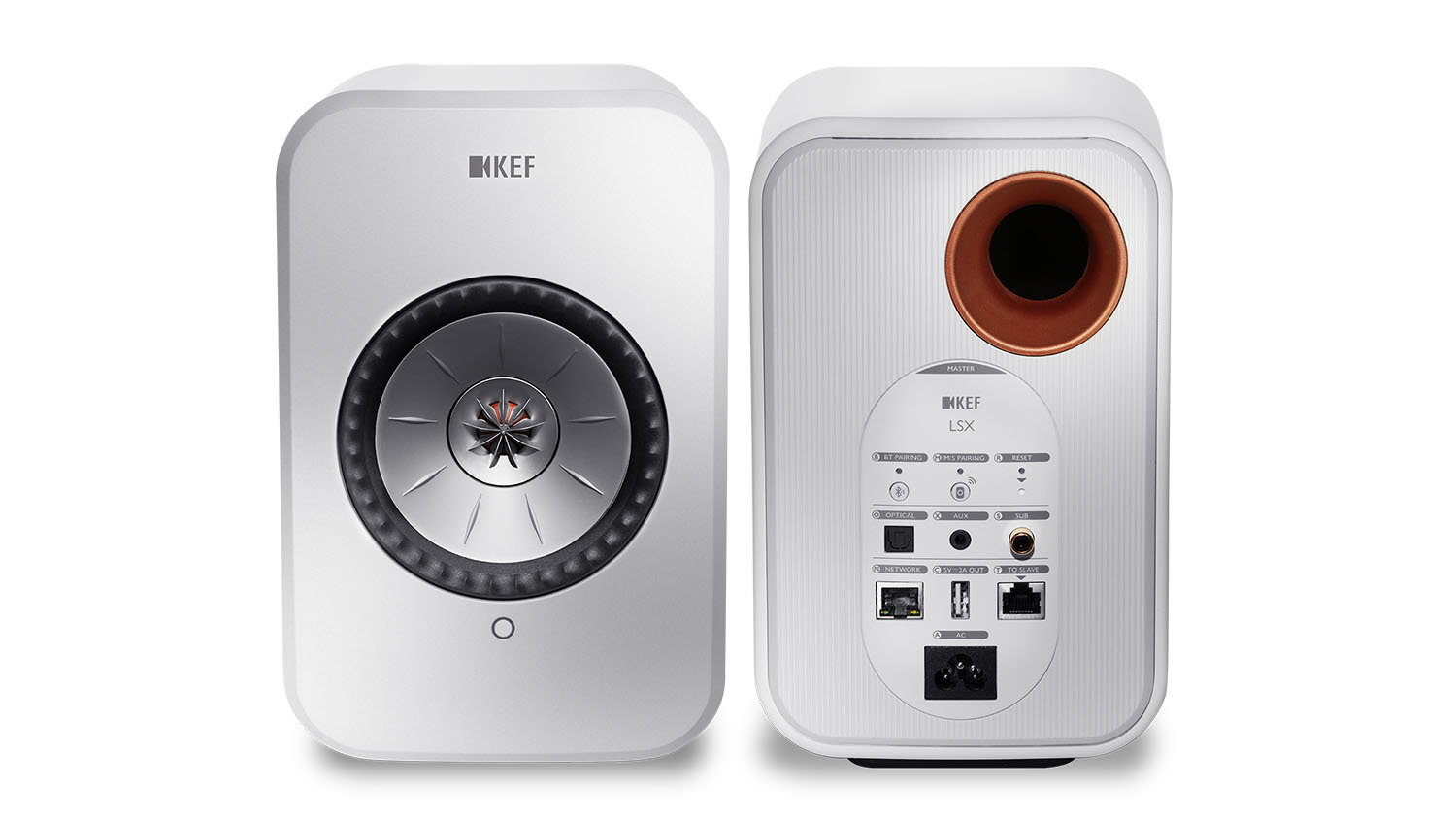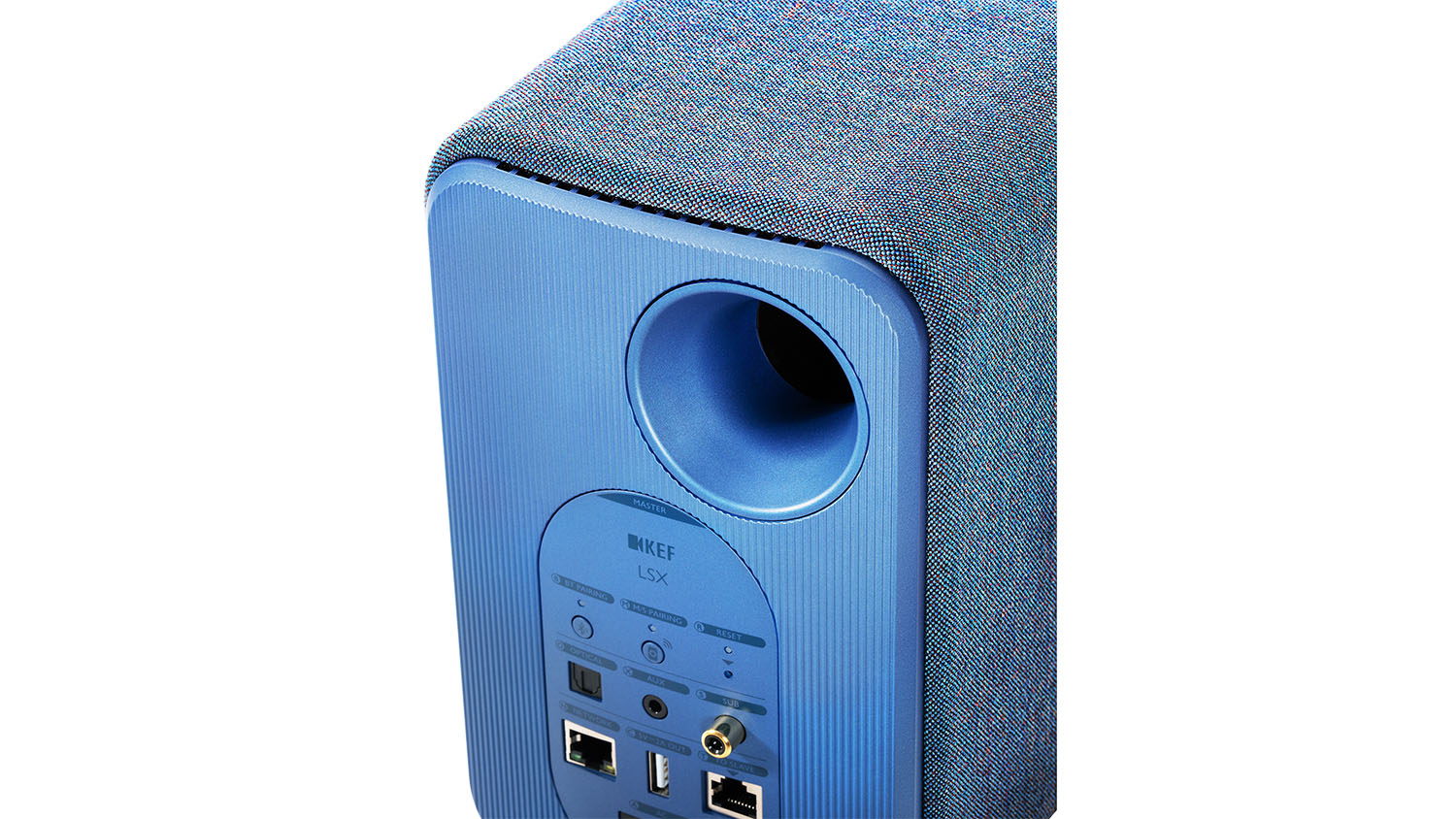KEF introduces LSX, a £1000 miniature LS50 Wireless speaker system
The mini marvel the streaming world has been waiting for?

No product took the hi-fi world by storm last year quite like the KEF LS50 Wireless (£2000), which uniquely wraps vast streaming smarts and amplification into a compact pair of stereo speakers. Thanks to its impressive clarity, balance and insight, it not only took off with a Product of the Year What Hi-Fi? Award but also became our first ‘Half of Fame’ winner.
Rather predictably perhaps, the British brand has now shrunk its innovative system to make it more affordable and in turn attract a wider audience - much like Devialet has just done with its Phantom Reactor, actually.
*Rolls out red carpet* Enter the KEF LSX.

From features to engineering design, the £1000 stereo pair is very much a mini-me of its sibling.
KEF’s Uni-Q driver array (in which a tweeter sits in the centre of a mid/bass cone) returns – in smaller form this time – to work its sonic magic and, of course, provide the distinct aesthetic.
The baffle surrounding it is sloped again, but this time the cabinet is plastic as opposed to MDF, and is largely finished in a woven fabric - much like various wireless speaker designs we’ve seen in recent years.
This finish is available in maroon, blue, black and olive, and there’s also a fabric-less glossy white version too.
Get the What Hi-Fi? Newsletter
The latest hi-fi, home cinema and tech news, reviews, buying advice and deals, direct to your inbox.
The LSX’s connectivity claims are almost as extensive as the LS50 Wireless’, too. Over Ethernet or 2.4GHz/5GHz dual-band wi-fi, users can stream networked music via DLNA or from Tidal.
aptX Bluetooth will be joined by Apple AirPlay 2 and Spotify Connect in the coming months, and there’s also optical and 3.5mm aux inputs providing means to connect TVs, hi-fi components and portable devices.
A subwoofer output offers the opportunity to add more brunt to the system, too.

The LSX can be set-up using KEF’s Control app (which also facilitates firmware updates and offers adjustable EQ and room settings), although navigating the actual streaming is handled via KEF’s Stream app.
Rather than combining a Class A/B circuit (to feed the tweeter) with a Class D module (to power the mid/bass unit) as the LS50 Wireless does, the LSX’s amplification is purely Class D. Power output is 200 watts compared to its sibling's 230-watt figure.
KEF’s trademark-pending ‘Music Integrity Engine’ – the rather entitled name for its digital signal processing algorithm – works to ensure accurate time alignment and phase coherence, too.

Naturally, as time has progressed since the LS50 Wireless’ arrival, so has KEF’s development. And here that sees the removal of the cable connecting the two speakers, replaced by proprietary wireless inter-speaker connection. It does mean that file transmission between the two speakers is limited to 24-bit/48kHz, however they can be tethered to take that to 24-bit/96kHz. Bear in mind that file support goes all the way to 24-bit/192kHz, though.
We've had the pleasure of the KEF LSX's company for the past fortnight, so what do we make of it? Quite frankly, rather a lot - as you can read all about in our exclusive KEF LSX review.
Becky is the managing editor of What Hi-Fi? and, since her recent move to Melbourne, also the editor of the brand's sister magazines Down Under – Australian Hi-Fi and Audio Esoterica. During her 11+ years in the hi-fi industry, she has reviewed all manner of audio gear, from budget amplifiers to high-end speakers, and particularly specialises in headphones and head-fi devices. In her spare time, Becky can often be found running, watching Liverpool FC and horror movies, and hunting for gluten-free cake.

